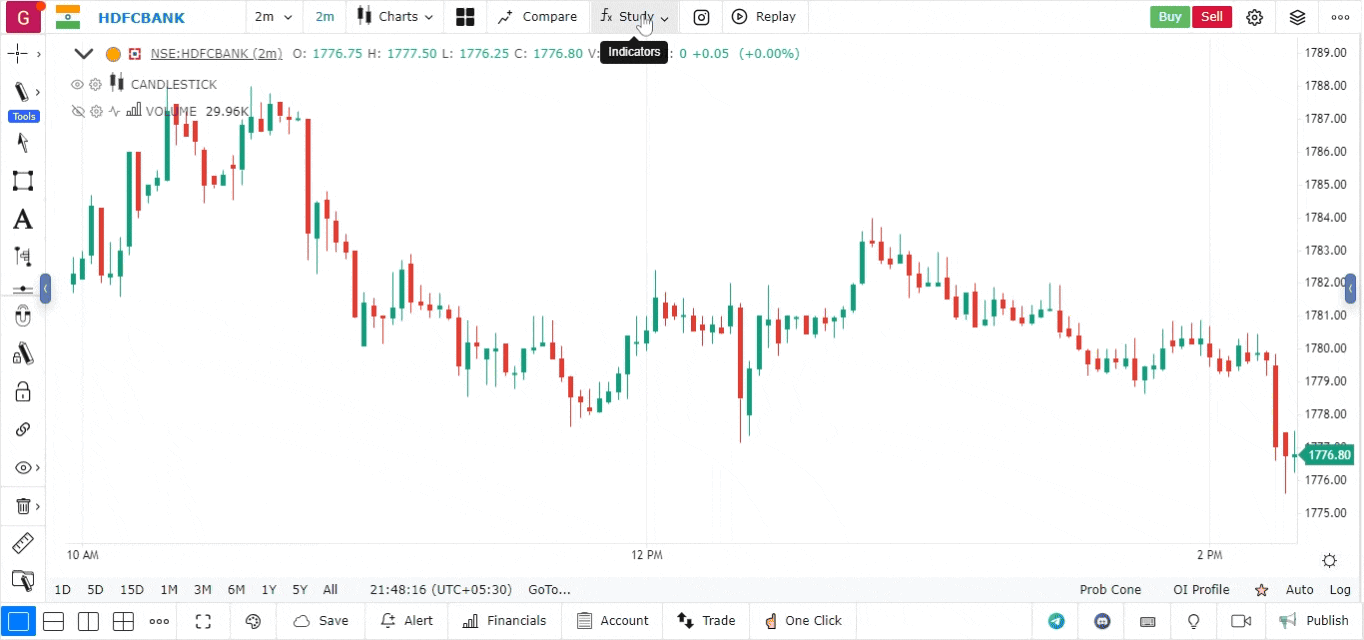Stochastic RSI
The Stochastic RSI (StochRSI) is a momentum oscillator that applies the Stochastic Oscillator formula to the Relative Strength Index (RSI). It is used to identify overbought and oversold conditions by measuring the level of the RSI relative to its range over a specific period. The Stochastic RSI provides traders with enhanced sensitivity to price movements and potential reversal points.
Overview of the Stochastic RSI
- Purpose: The Stochastic RSI aims to improve the signals provided by the traditional RSI by indicating overbought and oversold conditions more effectively.
- Market Analysis: By combining the strengths of both the Stochastic Oscillator and the RSI, the Stochastic RSI helps traders make more informed decisions based on market momentum.
Key Features of the Stochastic RSI
- Oscillator Scale:
- The Stochastic RSI is plotted on a scale from 0 to 1 (or 0 to 100, depending on the platform). Levels typically set at 0.8 and 0.2 represent overbought and oversold conditions, respectively.
- A Stochastic RSI above 0.8 indicates overbought conditions, while a reading below 0.2 suggests oversold conditions.
- Components:
- The Stochastic RSI consists of two lines: %K and %D.
- %K Line: The main line that represents the current RSI level relative to its historical range.
- %D Line: A moving average (usually 3-period) of the %K line, providing smoothed signals for trend confirmation.
- The Stochastic RSI consists of two lines: %K and %D.
- Crossovers:
- Buy signals can be generated when the %K line crosses above the %D line, especially in the oversold region.
- Sell signals can be indicated when the %K line crosses below the %D line, particularly in the overbought region.
How to Use the Stochastic RSI
- Access the Indicators Section
- Click on the “Indicators” or “Studies” menu located at the top of the chart.
- Expand the list of available indicators and technical studies.
- Find and Add the Stochastic RSI
- Search for Stochastic RSI: Enter “Stochastic RSI” in the search bar of the indicators list.
- Add the Indicator: Click on the Stochastic RSI indicator to add it to your chart. It will appear as two lines in a separate panel below the main price chart.
- Customize the Stochastic RSI Indicator
- Settings: Access the settings by right-clicking on the Stochastic RSI lines or clicking on the settings icon.
- Adjust the period for the RSI calculation (commonly set to 14 periods) and the smoothing period for the %D line (often set to 3 periods).
- Modify the line colors, styles, and thicknesses to suit your preferences.

- Interpret the Stochastic RSI Indicator Signals
- Overbought Conditions: A Stochastic RSI reading above 0.8 suggests that the asset may be overbought, indicating a potential selling opportunity.
- Oversold Conditions: A Stochastic RSI reading below 0.2 suggests that the asset may be oversold, indicating a potential buying opportunity.
- Crossovers: Look for crossovers between the %K and %D lines to identify potential buy and sell signals.
- Make Trading Decisions Using the Stochastic RSI Indicator
- Trend Confirmation: Use the Stochastic RSI to confirm the strength of a trend. In a strong uptrend, overbought conditions may persist, while in a downtrend, oversold conditions may also continue.
- Divergence Analysis: Watch for divergences between the Stochastic RSI and price action. For example, if the price makes new highs while the Stochastic RSI does not, it could indicate a weakening trend.